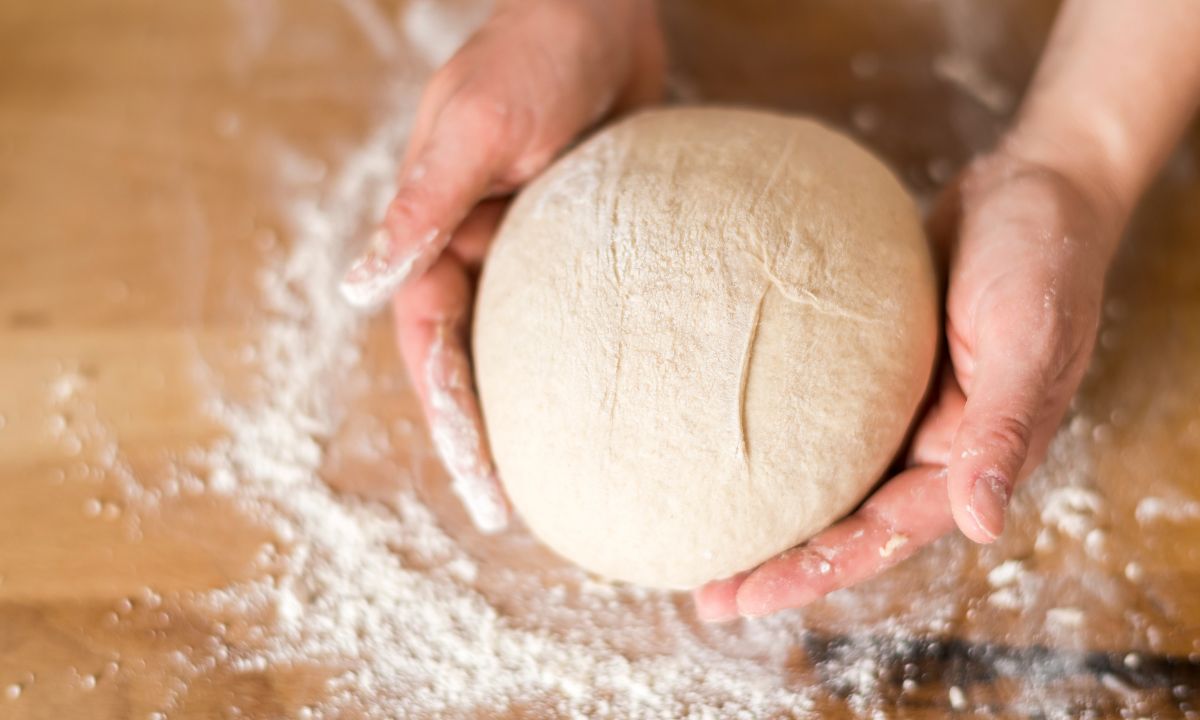Introduction
Have you ever encountered cracked cheesecakes, curdled custards, or overcooked creme brulees? What if there was a way to ensure perfect results every time you baked these delicate treats? Well, there is, and it’s called the water bath baking method. In this article, we will explore the ins and outs of this technique, its benefits, and how to use it effectively to achieve delectable desserts.
What is Water Bath Baking?
Water bath baking, also known as a bain-marie, is a technique that involves placing a baking dish or pan with your dessert mixture inside a larger, shallow pan filled with hot water. This method provides gentle, even heat to the dish, ensuring that the dessert bakes evenly without overcooking, drying out, or cracking.
Benefits of Water Bath Baking
- Even Heat DistributionThe water bath method creates a uniform temperature environment around your dessert. This prevents hot spots and uneven cooking, which can cause the edges to overcook while the center remains undercooked.
- Moisture RetentionThe water bath method adds moisture to the baking environment, preventing your dessert from drying out. This is especially helpful for delicate baked goods that require a moist, creamy texture.
- Prevents OvercookingWater bath baking allows for precise temperature control. The water can never exceed its boiling point (212°F/100°C), which helps prevent overcooking and ensures that your dessert maintains its desired consistency.
Baked Goods Perfect for Water Bath Baking
- CheesecakesCheesecakes are infamous for cracking during the baking process. A water bath can provide the gentle heat and moisture necessary to prevent cracking and ensure an evenly baked, creamy result.
- Custards and PuddingsCustards and puddings can be tricky to bake, as they require a delicate balance of heat and moisture. A water bath ensures even cooking and prevents curdling or overcooking.
- Creme BruleeThis classic dessert benefits from the gentle heat of a water bath to achieve its signature smooth, creamy texture.
How to Use the Water Bath Baking Method
- Preparing the Baking PanTo start, wrap your baking dish or pan in aluminum foil to prevent water from seeping in. Then, grease the pan and add your dessert mixture.
- Preparing the Water BathPlace the wrapped baking dish inside a larger, shallow pan, such as a roasting pan. Fill the larger pan with hot water until it reaches about halfway up the sides of the baking dish. Be careful not to splash water into the dessert mixture.
- Baking and CoolingPlace the water bath setup in a preheated oven and bake according to your recipe’s instructions. The water bath will help maintain a steady temperature throughout the baking process. Once the dessert is done, carefully remove the baking dish from the water bath and allow it to cool on a wire rack. For best results, chill your dessert in the refrigerator before serving.
Common Mistakes and Solutions
- Water LeakageTo prevent water from leaking into your dessert, ensure that you wrap the baking dish securely with aluminum foil. It’s also a good idea to use a high-quality, leak-proof baking pan.
- Uneven BakingIf your dessert is not baking evenly, double-check that the water in the bath is at the proper level. You may need to add more hot water during the baking process to maintain the desired temperature.
- OvercookingKeep a close eye on your dessert as it bakes and follow your recipe’s suggested baking time. Remember that the water bath method helps prevent overcooking, but it’s still essential to monitor your dessert and remove it from the oven when it’s done.
Water Bath Baking Variations
- Bain-MarieA bain-marie is a traditional French technique that involves placing a smaller container (containing your dessert mixture) inside a larger pot filled with simmering water. This method is often used on the stovetop for delicate sauces and custards.
- Steam BakingSteam baking is another variation of the water bath method. It involves placing a rack or trivet at the bottom of a large, covered pot and adding water to create steam. The dessert is then placed on the rack, and the pot is covered to allow the steam to cook the dessert gently.
Conclusion
The water bath baking method is a versatile and effective technique for achieving perfectly baked, delicate desserts. By understanding the benefits, proper setup, and common mistakes, you can elevate your baking skills and impress your friends and family with delicious, expertly prepared treats.
FAQs
- Can I use the water bath method for other types of baked goods?While the water bath method is most commonly used for delicate desserts, it can also be applied to other baked goods that require gentle, even heat. Experiment with the technique to see if it benefits your favorite recipes.
- Do I need to use a specific type of baking pan for water bath baking?No, you can use any baking pan or dish that fits comfortably inside a larger, shallow pan. Just make sure to wrap it securely in aluminum foil to prevent water leakage.
- Can I use cold water in the water bath?It’s best to use hot water in the water bath, as it helps to maintain a steady temperature and reduces the overall baking time.
- How do I know when my dessert is done baking in a water bath?Follow your recipe’s suggested baking time and use a toothpick or skewer to test for doneness. The dessert should be set but still slightly wobbly in the center.
- Do I need to adjust the oven temperature when using a water bath?Generally, you can follow your recipe’s suggested oven temperature when using a water bath. The water bath will help maintain a steady, even temperature throughout the baking process.

